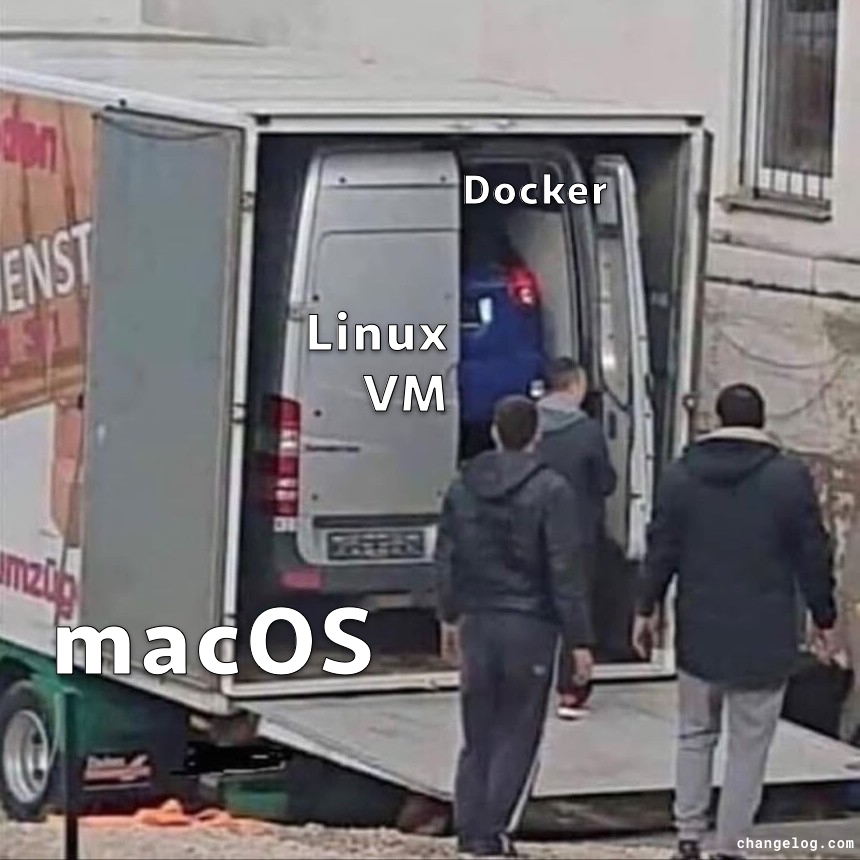Not just OSX: anyone using WSL on windows is an offender too
But as a WSL user, dockerised Dev environments are pretty incredible to have running on a windows machine.
Does it required 64 gig of ram to run all my projects? Yes. Was it worth it? Also yes
